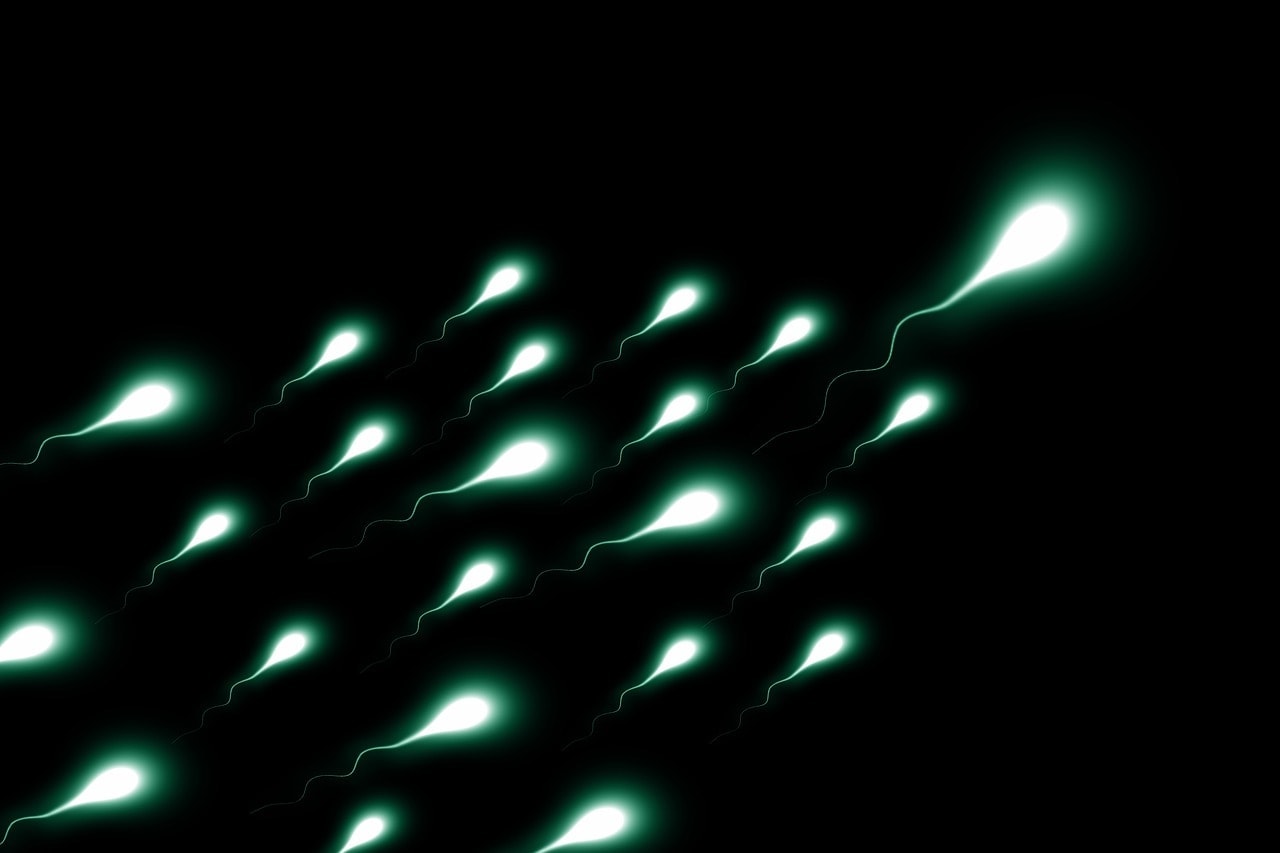To know how pregnancy occurs it’s important to know the biology around your fertility cycle. To get pregnant, first ovulation must take place. This occurs when a mature egg is released from the ovary, pushed down the fallopian tube, and is available to be fertilized. The lining of the uterus has thickened to prepare for a fertilized egg. If conception does not occur, the uterine lining will be shed. This shedding of an unfertilized egg and the uterine wall is called menstruation.
Key Facts of Ovulation:
- An egg lives 12-24 hours after leaving the ovary.
- Normally only one egg is released each time of ovulation.
- Ovulation can be affected by stress, illness, hormonal imbalances, travel, or significant changes in weight, exercise, or sleeping patterns.
- Some women may experience light spotting around ovulation.
- Implantation of a fertilized egg normally takes place 6-12 days after ovulation.
- Each woman is born with millions of immature eggs that are waiting to be released during ovulation.
- A menstrual period can occur even if a woman has not ovulated.
- Ovulation can occur even if a woman has not had her menstrual period.
- Some women feel a bit of pain or aching near the ovaries during ovulation called mittelschmerz, which means “middle pain” in German.
- If an egg is not fertilized, it disintegrates and is absorbed into the uterine lining.
Tracking Ovulation:
A woman’s monthly cycle is measured from the first day of her menstrual period until the first day of her next period. On average, a woman’s cycle is between 28-32 days, although some women may have much shorter or longer cycles.
Most women ovulate anywhere between Day 11 – Day 21 of their cycle, counting from the first day of their last period (LMP). This is what many refer to as the “fertile time” of a woman’s cycle because sexual intercourse during this time increases the chance of pregnancy. Ovulation can occur at any point during this window and may occur on a different day each month.
The Ovulation Cycle Divided Into Two Parts:
The first part of the ovulation cycle is called the follicular phase. This phase starts the first day of the last menstrual period (LMP) and continues until ovulation. This first half of the cycle can differ greatly for each woman lasting anywhere from 7 to 40 days.
The second half of the cycle is called the luteal phase and is from the day of ovulation until the next period begins. The luteal phase has a more precise timeline and usually lasts for 12-16 days, starting from the day of ovulation. This ultimately means that the day of ovulation will determine how long your cycle is.
Additionally, outside factors like stress, illness, hormonal imbalances, travel, and significant changes in weight, exercise, and sleeping patterns can throw off your ovulation, which then changes the time your period will come. So the old thought that stress can affect your period is only partly true.
Stress can affect your ovulation, which ultimately determines when your period will come. However, stress around the time of an expected period will not make it late. It was already determined when it would come 12-16 days earlier!
Fertility awareness is one way to track when ovulation occurs. This method includes observing the changes in cervical mucus and using a basal thermometer. Cervical fluid will look like a wet, slippery substance that resembles egg whites just before and during ovulation. A basal thermometer helps track body temperature, which spikes after ovulation.
Another way to track ovulation is by using ovulation kits and fertility monitors. Tracking ovulation can help a woman get a better idea of when pregnancy can and cannot occur during her monthly cycle. Once ovulation has occurred, there is nothing you can do to increase your chances of pregnancy until your window of ovulation the following month. Your next step is to begin watching for early pregnancy symptoms.
Use and/or print an ovulation calendar to better understand your menstrual cycle and ovulation.
From the Menstrual Period to Ovulation (the details needed to get pregnant!)
When your menstrual cycle begins, your estrogen levels are low. Your hypothalamus, which is in charge of maintaining your hormone levels, sends a message to your pituitary gland, which then releases the follicle stimulating hormone (FSH).
FSH triggers a few of your follicles to develop mature eggs. One of the follicles will become dominant and will release a mature egg, while the others will disintegrate. As the follicles mature, they send out another hormone called estrogen. An increase in estrogen tells the hypothalamus and pituitary gland that there is a mature egg.
The luteinizing hormone (LH) is then released, also known as your LH surge. The LH surge causes the egg to burst through the ovary wall within 24-36 hours. The egg will then begin its journey down the fallopian tube where it will be available for fertilization.
The follicle from which the egg was released is called the corpus luteum, and it releases progesterone to help thicken and prepare the uterine lining for implantation. The corpus luteum produces progesterone for about 12-16 days (the luteal phase of your cycle.) If an egg is fertilized, the corpus luteum will continue to produce progesterone for a developing pregnancy until the placenta takes over. If fertilization does not occur, the egg will dissolve after 24 hours.
At this time your hormone levels will decrease, and your uterine lining will begin to shed about 12-16 days after ovulation. This is called menstruation, which brings us back to day 1 of your cycle. The journey then begins all over again.
Ovulation is one of the most important processes a woman should understand about her body as it is the determining factor in both getting pregnant and preventing pregnancy. Nonetheless, it can be somewhat difficult to understand.
Our Ultimate Fertility Resource Guide provides the information you need on fertility, tips on how to get pregnant faster, and how to boost fertility through sometimes simple tweaks to your lifestyle and approach. The guide is easy to read and meant for anybody wanting to increase their ability to conceive. It’s a free download and includes coupon codes for essential products. Even free Nightfood Nighttime Ice Cream.
Want to Know More?
Compiled using information from the following sources:
1. Weschler, T. (2002). Taking charge of your fertility (Rev. ed.). New York, NY: HarperCollins Publishers Inc.






